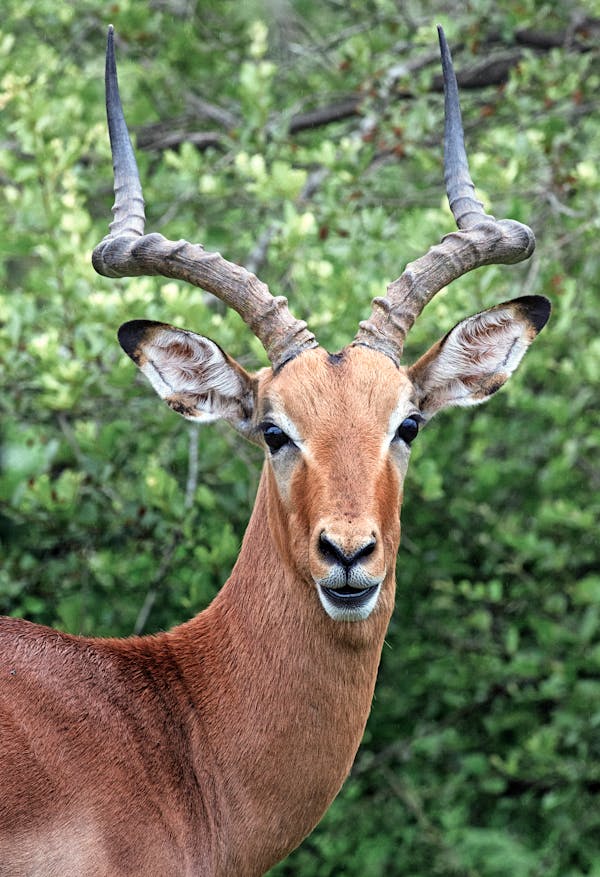Tanzania is one of Africa’s premier safari destinations, home to legendary wildlife parks such as Serengeti National Park, Ngorongoro Crater, Tarangire, and Selous. With vast plains, diverse ecosystems, and an astonishing array of wildlife, Tanzania offers unforgettable safari experiences year-round. However, timing your visit right can make all the difference in terms of wildlife visibility, comfort, and overall experience. So, when is the best time to visit Tanzania for safari? Let’s dive into the details to help you plan the perfect trip.
Table of Contents
ToggleUnderstanding Tanzania’s Safari Seasons
Tanzania experiences a tropical climate with two main seasons—dry season and wet (or green) season. Each comes with unique advantages and challenges for safari-goers.
Dry Season (June to October) – The Best Time for Game Viewing
Why it’s ideal:
The dry season is widely considered the best time to visit Tanzania for safari, especially for first-time visitors. This is when wildlife is easier to spot, and the conditions are more comfortable.
Highlights of the dry season:
-
Excellent wildlife viewing: Vegetation is sparse and animals gather around waterholes and rivers, making them easier to spot.
-
The Great Migration (July–September): Witness the dramatic river crossings in the Serengeti as millions of wildebeest and zebras move in search of greener pastures.
-
Fewer insects: With minimal rain, there’s a lower risk of mosquitoes and other insects.
-
Pleasant weather: Days are sunny and warm with cooler nights, especially in the highlands.
Best parks to visit during dry season:
-
Serengeti National Park: For the Great Migration and Big Five sightings.
-
Ngorongoro Crater: High concentration of animals in a small area.
-
Tarangire National Park: Elephants and baobab trees dominate the dry landscape.
-
Lake Manyara: Great for birdwatching and tree-climbing lions.
Wet Season (November to May) – Green, Peaceful & Budget-Friendly
Tanzania’s wet season is split into two parts:
-
Short rains: November to mid-December
-
Long rains: March to May
Why visit during the wet season?
While game viewing can be more challenging due to thick vegetation and scattered animals, the wet season has its own rewards.
Benefits of visiting in the wet season:
-
Lush landscapes: The parks transform into green paradises, perfect for photographers.
-
Fewer crowds: Enjoy more intimate game drives and lower lodge prices.
-
Birdwatching bonanza: Migratory birds arrive, making it a haven for bird lovers.
-
Calving season (January to March): In the southern Serengeti, thousands of wildebeest give birth, attracting predators and offering dramatic wildlife interactions.
Best parks during wet season:
-
Ndutu area (Southern Serengeti): For the calving season and predator action.
-
Selous Game Reserve & Ruaha National Park: Quieter parks with fewer tourists, though some may close during heavy rains.
-
Arusha & Lake Manyara: Still accessible with varied experiences.
Month-by-Month Guide to Safari in Tanzania
January – March: Calving Season
-
Prime time for witnessing the birth of wildebeest calves in southern Serengeti (Ndutu region).
-
Excellent predator action as lions and hyenas take advantage of the vulnerable young.
-
Warm temperatures, occasional rain, and lush scenery.
April – May: Long Rains
-
Least favorable for safari due to heavy rainfall, muddy roads, and some lodge closures.
-
However, some southern parks like Selous are still open and offer dramatic skies and low rates.
June – July: Dry Season Begins
-
Rain tapers off and wildlife begins to congregate.
-
Perfect weather conditions for game drives.
-
Great Migration is heading north toward the Grumeti River – watch for river crossings.
August – September: Peak of Dry Season
-
Best time to witness the Mara River crossings in northern Serengeti.
-
Ideal for spotting predators and large herds.
-
Parks can be busy, so book in advance.
October: End of Dry Season
-
Still good for game viewing.
-
Wildlife increasingly concentrated near water sources.
-
Fewer tourists than peak months.
November – December: Short Rains
-
Light rain showers begin, revitalizing the landscape.
-
Fewer crowds and better rates.
-
Migratory birds start arriving.
Special Safari Events to Consider
-
The Great Migration:
-
Jan–March: Calving in Ndutu
-
May–July: Grumeti River crossings
-
July–October: Mara River crossings
-
Nov–Dec: Return south
-
-
Bird Migration:
-
Best from November to April, when birds from Europe and Asia arrive.
-
-
Predator Action:
-
Especially high during calving (Jan–March) when lions, cheetahs, and hyenas are very active.
-
Factors to Consider When Choosing the Best Time
-
Budget:
-
Dry season is peak season = higher prices.
-
Wet season = lower rates and better deals on lodges and tours.
-
-
Crowd Levels:
-
Peak safari months (July–September) can be crowded.
-
Visit in shoulder months (June or October) for fewer tourists but great sightings.
-
-
Photography Preferences:
-
Wet season offers greener landscapes and dramatic skies.
-
Dry season is best for clear wildlife shots and action scenes.
-
-
Health & Comfort:
-
Dry season has fewer mosquitoes and more predictable travel conditions.
-
If traveling during wet season, bring waterproof gear and insect repellent.
-
Conclusion
The best time to visit Tanzania for safari depends on what kind of experience you’re looking for. For unbeatable wildlife viewing and iconic experiences like the Great Migration, June to October is ideal. If you’re a photographer, birder, or traveler seeking solitude and savings, consider the wet season months from November to March—especially during the calving season.
No matter when you go, Tanzania’s national parks are teeming with life and beauty. With proper planning and the right expectations, every season has something special to offer. Whether it’s witnessing a lion hunt in the Serengeti or watching elephants cross the Tarangire River, your Tanzanian safari will be unforgettable.
